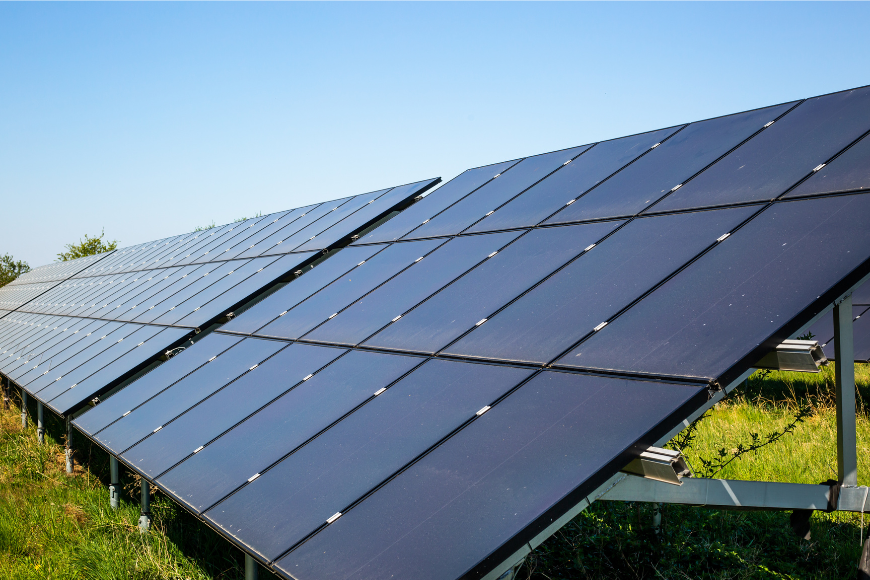More than 10.000 registered B2B customers
Chinese Government Reduces Tax Incentive for Solar Panels

The Chinese government has reduced the tax incentive for solar panels by 4 percent. This could be an early sign that the prices of solar panels may rise again in the coming year, especially since it seems likely that the Chinese government will also eliminate the remaining 9 percent tax benefit in the first half of 2025, says Gerard Scheper, CEO of European Solar. "This could mark the beginning of the end for the declining price trend of solar panels, and it might make delaying purchases less attractive."
It may sound surprising, but the removal of the Chinese tax incentives, which is expected to lead to higher solar panel prices, is actually good news for the solar energy sector. One reason for the decline in global demand for solar panels is the continued drop in prices, which has made it appealing for consumers to postpone their purchases.
Since December 1, the Chinese government has reduced the export tax rebate by 4 percent. As a result, Chinese solar panel manufacturers can now only reclaim 9 percent of this tax. “The remaining 9 percent will also be eliminated in the first half of 2025,” says Scheper.
“The Chinese government seems to have had enough. The economy has been underperforming for some time, and this tax incentive is now seen as unnecessary. The prices of solar panels, wafers, and cells can hardly go any lower, so why still have a tax incentive? These could be the first signs of a shift toward higher prices, which will make postponing purchases increasingly unattractive.”
However, the global situation is still problematic, as consumer demand is lower than expected and lower than supply. Scheper estimates that there is a global production overcapacity of around 50 to 100 percent. According to the EU Market Outlook for Solar Power 2024-2028 by SolarPower Europe, the number of installed solar panels in the top 10 countries in 2024 is lower than in 2023. This includes not only the Netherlands but also Spain, Poland, Austria, and Hungary.
The other countries in the top 10 (Germany, Italy, France, Greece, and Portugal) saw their installation numbers grow, but much less than in 2023. While the number of installed solar panels in 2023 was 40 percent higher than in 2022, the increase in 2024 is expected to be just 4 percent.
“Many investors entered the solar energy sector during and after the COVID-19 pandemic because of the high growth figures. Now, they are thinking, ‘What a crazy market this is.’ It has only cost them money. This has made solar panels less appealing to investors, partly because the products from different manufacturers are fairly interchangeable. Inverters are a bit more complex, which provides slightly more margin, but energy storage is increasingly seen as the future,” says Scheper.
“Many people thought the solar energy sector would pivot to energy storage, but it turns out this is not that simple. Both home batteries and large-scale battery installations are not plug-and-play solutions. They need to be installed, require software and maintenance, and to succeed, you need to collaborate with local partners. This is creating a new playing field, and it’s not clear yet who the winners in battery sales will be.”
According to Scheper, the situation has now developed such that many technicians are lacking financial resources, while many investors lack the necessary technical expertise. “This presents opportunities for companies, but it’s easier said than done. What is the added value of your company? The technical knowledge about batteries is not necessarily found in the solar energy sector, and financial resources are currently scarce. Companies would do well to collaborate as much as possible, for example, with logistics and procurement, to provide added value for both technicians and investors.”
Source: Solar365.nl
No posts found
Write a review



